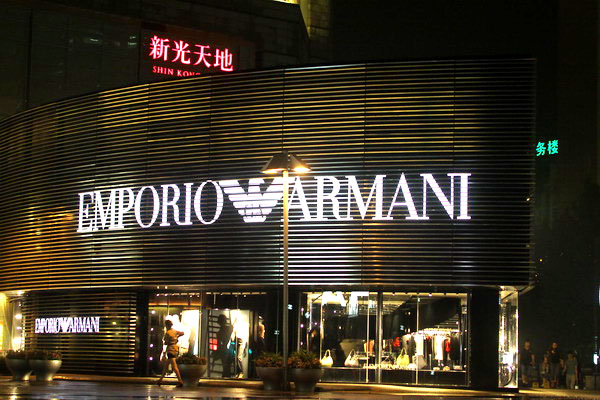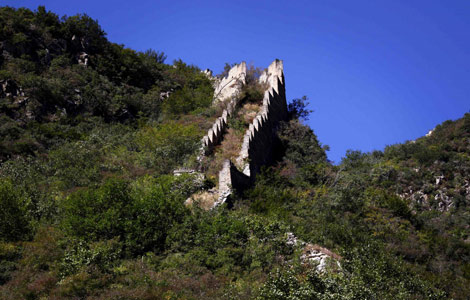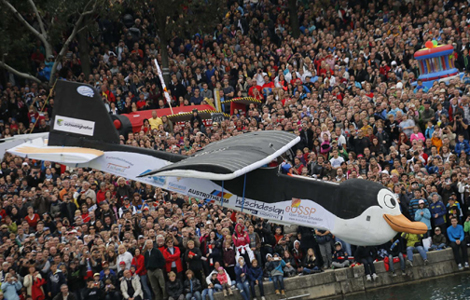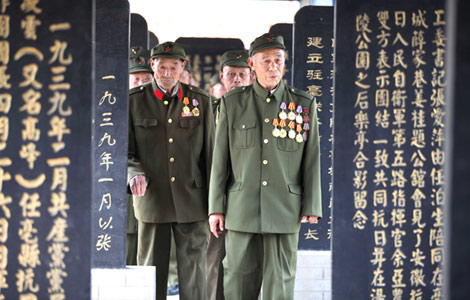Great malls of China
Updated: 2012-10-06 11:30
By Yao Jing (China Daily)
|
||||||||
Developers are looking to cash in on the rising disposable incomes in booming cities
Galeries Lafayette, the iconic department store in Paris and a major shopping destination for throngs of Chinese tourists, will be hoping it's second time lucky.
After failing to garner much attention in 1998 with its store in the Wangfujing shopping district in Beijing, Lafayette plans to try again in the nation's capital, as well as 15 more cities across China, over the next five years. Department store buildings will include both retail and office space.
|
 Shin Kong Place is the biggest shopping center in Beijing in terms of single-store sales, and is a favorite of international luxury brands. [Photo / China Daily] |
The renewed efforts by Lafayette indicate two important things: First, international retail developers are confident of the buying power in China at a time when retail is flat in both Europe and the United States; and second, they are putting money behind that belief there are more and more shopping malls being constructed throughout the country.
Related reading: Shopping centers one-stop solution for consumers
China has built at least 20 million square meters of shopping centers in 14 major cities over the past decade, with nearly 15 million square meters of shopping space currently under construction, according to data released in June by the CBRE Group, a Los Angeles-headquartered property consultancy.
Three cities in China (Shenyang, Wuhan, Chengdu) last year ranked in the top 10 among 180 major cities in the world with the largest amount of new shopping center space. Of the top 10, eight were cities in China, according to CBRE, and only five cities in Western Europe developed a new shopping center last year.
"China had 2,812 shopping centers over 10,000 square meters in 41 cities we covered at the end of 2011. And the compound growth rate for the amount of shopping space in China is 25 percent over the past 10 years," says Guo Zengli, president of China Shopping Center Development Association of Mall China. "Overseas commercial developers and retailers are doing better than local ones, who are mostly real estate developers that are being limited by the government's clampdown on the country's housing market," he says.
In other words, the central government's efforts to cool housing prices have been quickly reducing interest among developers to erect apartment complexes.
Joint venture strategy
Singapore-based CapitaMalls Asia has established 58 malls in 36 Chinese cities since 2003, while Taubman Asia, a subsidiary of US-based Taubman Centers Inc, and Beijing Wangfujing Department Store (Group) Co Ltd, one of China's largest department store chains, announced a joint venture in August to invest in and manage a shopping center to be built in Xi'an, Shaanxi province.
"The new shopping center experience will provide Taubman with a powerful platform for future retail real estate development and investment throughout the Chinese mainland," says Rene Tremblay, president of Taubman Asia.
The long-term goal for Taubman is to have at least 10 to 15 percent of its assets in China, Tremblay says.
Taubman currently owns, leases and manages 28 shopping centers across the US and Asia. Its total market capitalization is approximately $10 billion.
Taubman entered the Chinese mainland via Taubman TCBL, a Beijing-based subsidiary of Taubman Asia, in 2011.
"The partnership with Wangfujing provides Taubman with access to intimate market and consumer knowledge and allows us to leverage their proven track record and expertise in retailing across China," Tremblay says.











